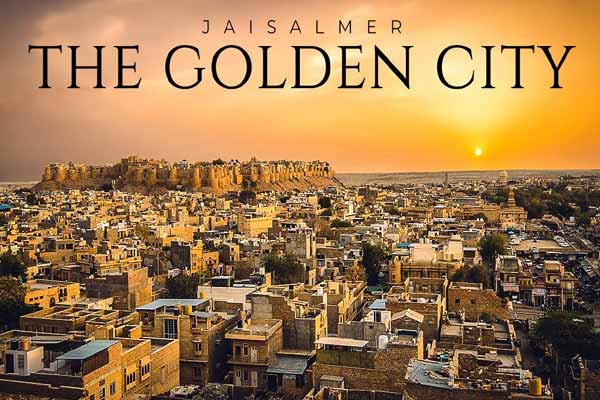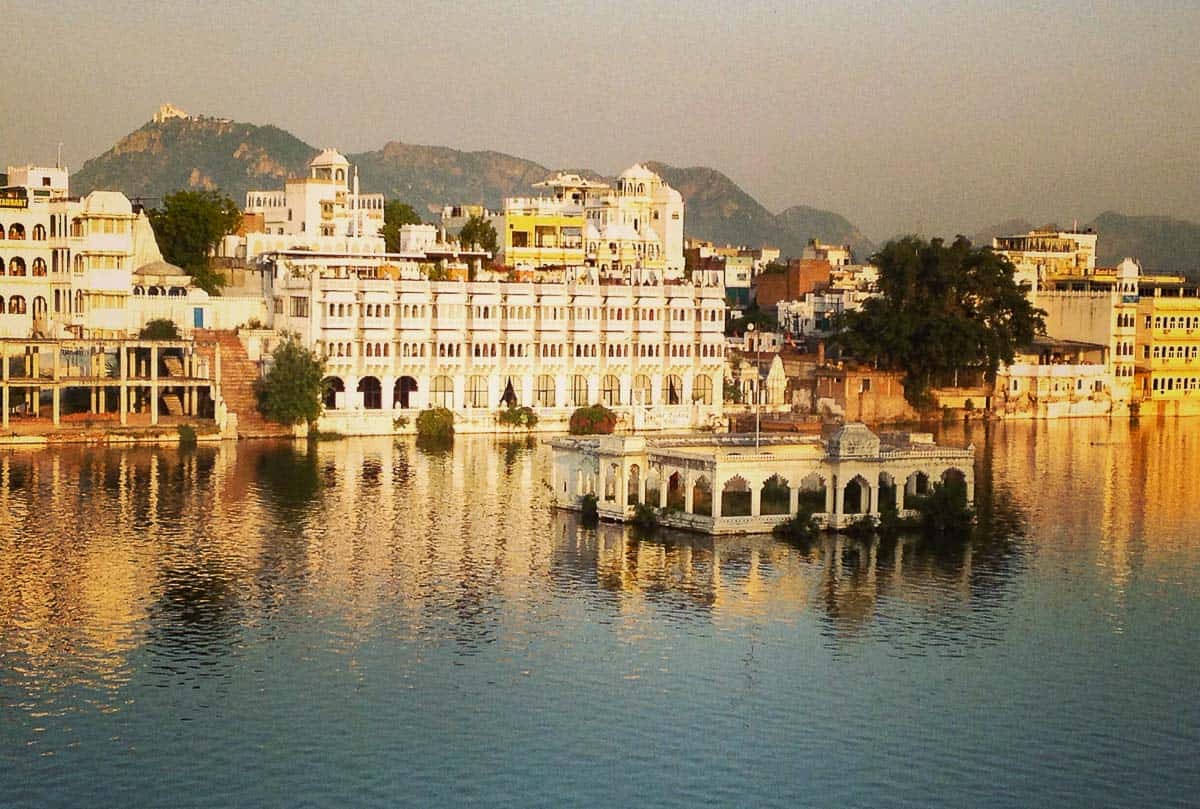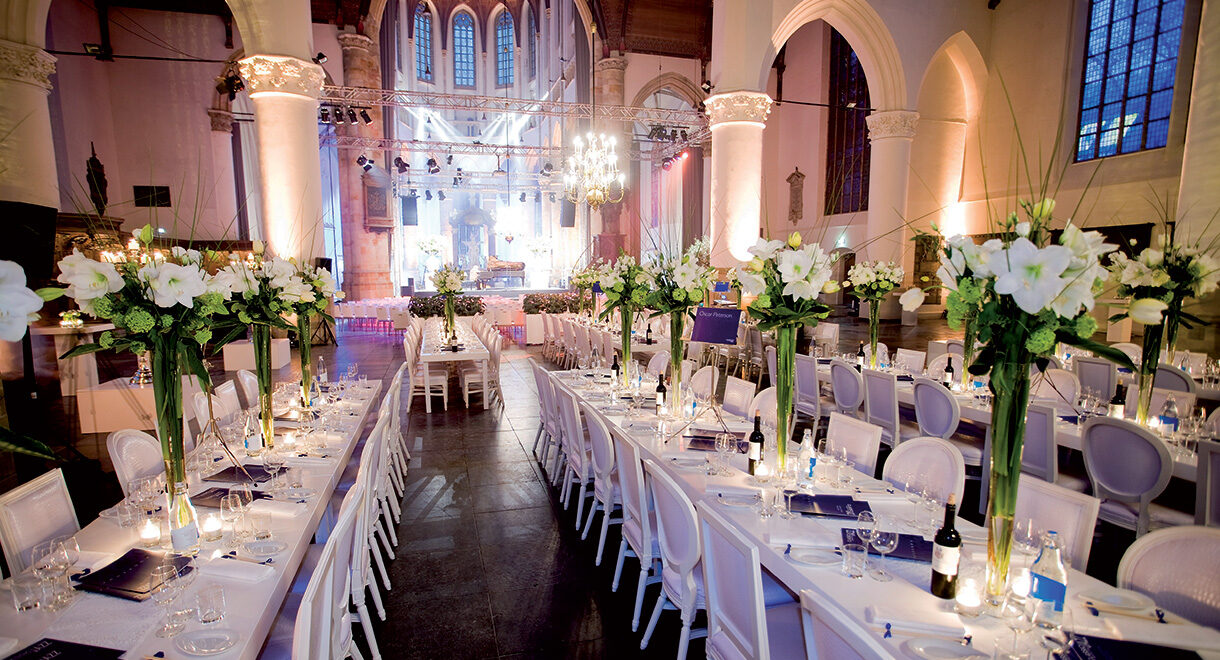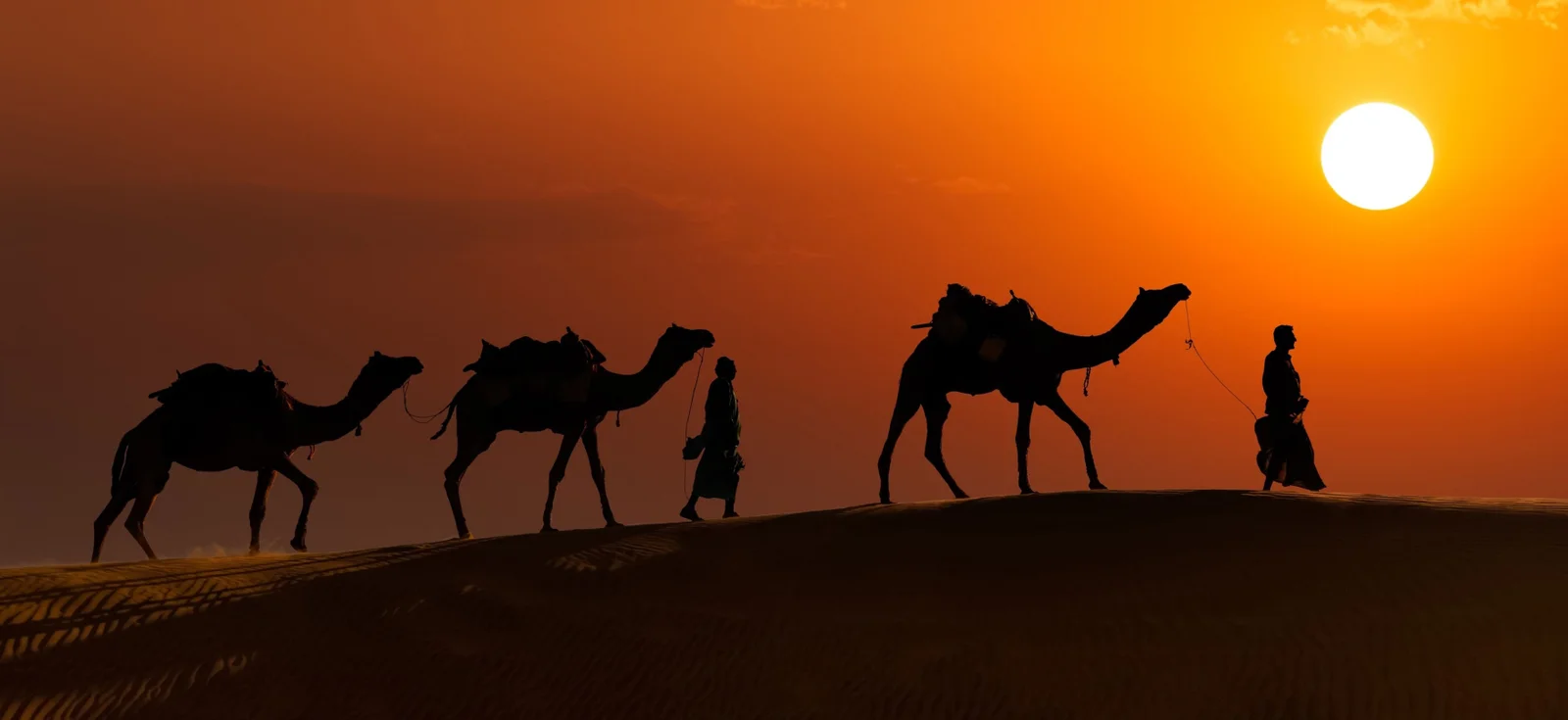Jaisalmer Folk Traditions: Music, Dance, and Stories of the Golden City
Jaisalmer Folk Traditions: Music, Dance, and Stories of the Golden City

Introduction: The Cultural Soul of Jaisalmer
Jaisalmer, often referred to as the Golden City of India, is not just known for its stunning sand dunes and magnificent forts, but also for its deep-rooted folk traditions. The city is a living museum of Rajasthani culture, where music, dance, and storytelling have been passed down through generations.
The folk traditions of Jaisalmer are more than just entertainment; they are a reflection of the desert way of life, carrying forward historical events, heroic legends, and spiritual beliefs. Whether performed in grand palaces, open courtyards, or under the starlit desert sky, these traditions remain an integral part of Jaisalmer’s cultural fabric.
In this article, we explore the folk music, dance forms, and storytelling traditions that define the spirit of Jaisalmer’s heritage.
Folk Music of Jaisalmer: The Desert’s Melodic Heartbeat
The Legacy of Manganiyar and Langa Musicians
Jaisalmer’s folk music is primarily carried forward by two famous musical communities—the Manganiyars and Langas. These groups have been the custodians of desert melodies for centuries, performing at royal courts, festivals, and social gatherings.
-
Manganiyars: These hereditary musicians have a deep connection with Rajput royalty. They use instruments like the kamayacha (a string instrument), dholak, and kartal to create soul-stirring melodies. Their songs often narrate tales of kings, battles, and devotion.
-
Langas: Known for their powerful vocals and mastery over instruments like the sarangi and algoza (double flute), the Langas specialize in singing Sufi poetry and traditional ballads.
Both communities follow a guru-shishya (teacher-student) tradition, ensuring that their art remains alive and authentic.
Traditional Instruments of Jaisalmer’s Folk Music
The beauty of Jaisalmer’s folk music lies in its unique and traditional instruments. Some of the most commonly used ones include:
-
Sarangi – A bowed instrument that produces deep, emotional melodies.
-
Kartal – A wooden clapper used to create rhythmic beats.
-
Dholak – A hand drum that adds a lively touch to folk performances.
-
Algoza – A double-flute instrument played simultaneously, producing hypnotic sounds.
-
Kamayacha – An ancient string instrument exclusive to the Manganiyar community.
These instruments are not just tools of music but also symbols of Rajasthan’s artistic legacy.
Dance Forms of Jaisalmer: Graceful Movements of the Desert
Kalbelia Dance: The Snake Charmer’s Dance
One of the most famous dance forms of Jaisalmer, Kalbelia dance, is performed by the Kalbelia tribe, traditionally known as snake charmers.
-
The dance is characterized by fast-paced movements, fluid spins, and elegant hand gestures, mimicking the slithering motion of a snake.
-
Women wear black ghagras (skirts) adorned with mirror work and colorful embroidery, while men play traditional instruments like the pungi and dholak.
-
The dance is included in UNESCO’s Intangible Cultural Heritage list, highlighting its cultural importance.
Kalbelia performances are a visual spectacle, capturing the essence of Rajasthan’s nomadic spirit.
Ghoomar: The Royal Dance of Rajasthan
Ghoomar is a graceful dance traditionally performed by Rajput women during festivals and celebrations.
-
The dance involves circular movements, synchronized hand gestures, and flowing skirts (ghagras) that create mesmerizing visuals.
-
The accompanying music consists of traditional folk songs sung by women, often praising deities or celebrating joyous occasions.
-
The beauty of Ghoomar lies in its elegance, as dancers maintain poise while executing complex spins.
This dance form is often performed during weddings and festivals, keeping the royal traditions of Rajasthan alive.
Chari Dance: The Fire Dance of Rajasthan
The Chari dance is another traditional performance unique to Jaisalmer and surrounding regions.
-
Dancers balance brass pots filled with flames on their heads while moving gracefully to rhythmic beats.
-
The dance is often performed during harvest festivals and special occasions, symbolizing prosperity and well-being.
Chari dance requires immense skill, balance, and endurance, making it one of the most captivating folk performances in Rajasthan.
Storytelling Traditions: The Oral Heritage of Jaisalmer
Pabuji Ki Phad: Rajasthan’s Epic Tale
Jaisalmer has a rich tradition of oral storytelling, with “Pabuji Ki Phad” being one of the most famous folk narratives.
-
This is a musical storytelling tradition that narrates the life of Pabuji, a legendary folk hero and warrior saint of Rajasthan.
-
The performance takes place in front of a large hand-painted scroll (phad), which visually depicts different scenes from the story.
-
Bhopa singers use instruments like the ravanhatta (a stringed instrument) to narrate the heroic tales.
This ancient form of storytelling is an essential part of Jaisalmer’s cultural heritage, blending music, art, and mythology.
Kathputli: The Rajasthani Puppet Theatre
Puppet shows, known as Kathputli, are an integral part of Jaisalmer’s folk traditions.
-
Skilled puppeteers manipulate wooden puppets, making them act out historical events, folk tales, and moral stories.
-
The performances are accompanied by music and narration, creating an engaging experience for audiences of all ages.
Kathputli shows are both entertaining and educational, keeping Rajasthan’s storytelling legacy alive for future generations.
Experiencing Jaisalmer’s Folk Traditions Firsthand
For travelers looking to experience Jaisalmer’s folk traditions up close, staying in a Desert Camp in Jaisalmer provides the perfect opportunity. These camps often host live folk music and dance performances, allowing visitors to enjoy Rajasthan’s cultural richness in an authentic desert setting. You can explore a Desert Camp in Jaisalmer to witness these traditions firsthand.
For a more luxurious experience, a Luxury Tent in Jaisalmer offers comfort while still immersing visitors in traditional Rajasthani culture. You can enjoy a Luxury Tent in Jaisalmer for a memorable cultural experience.
Conclusion: Preserving the Folk Traditions of Jaisalmer
Jaisalmer’s folk music, dance, and storytelling traditions are the soul of Rajasthan, connecting the present with its glorious past. These traditions are not just performances; they are expressions of identity, history, and artistic excellence.
-
The Manganiyars and Langas keep the desert’s musical heritage alive.
-
Traditional dances like Kalbelia and Ghoomar showcase Rajasthan’s grace and cultural pride.
-
Storytelling forms like Pabuji Ki Phad and Kathputli ensure that age-old legends continue to inspire.
By preserving and celebrating these traditions, Jaisalmer continues to be a city where history, art, and culture blend seamlessly.






